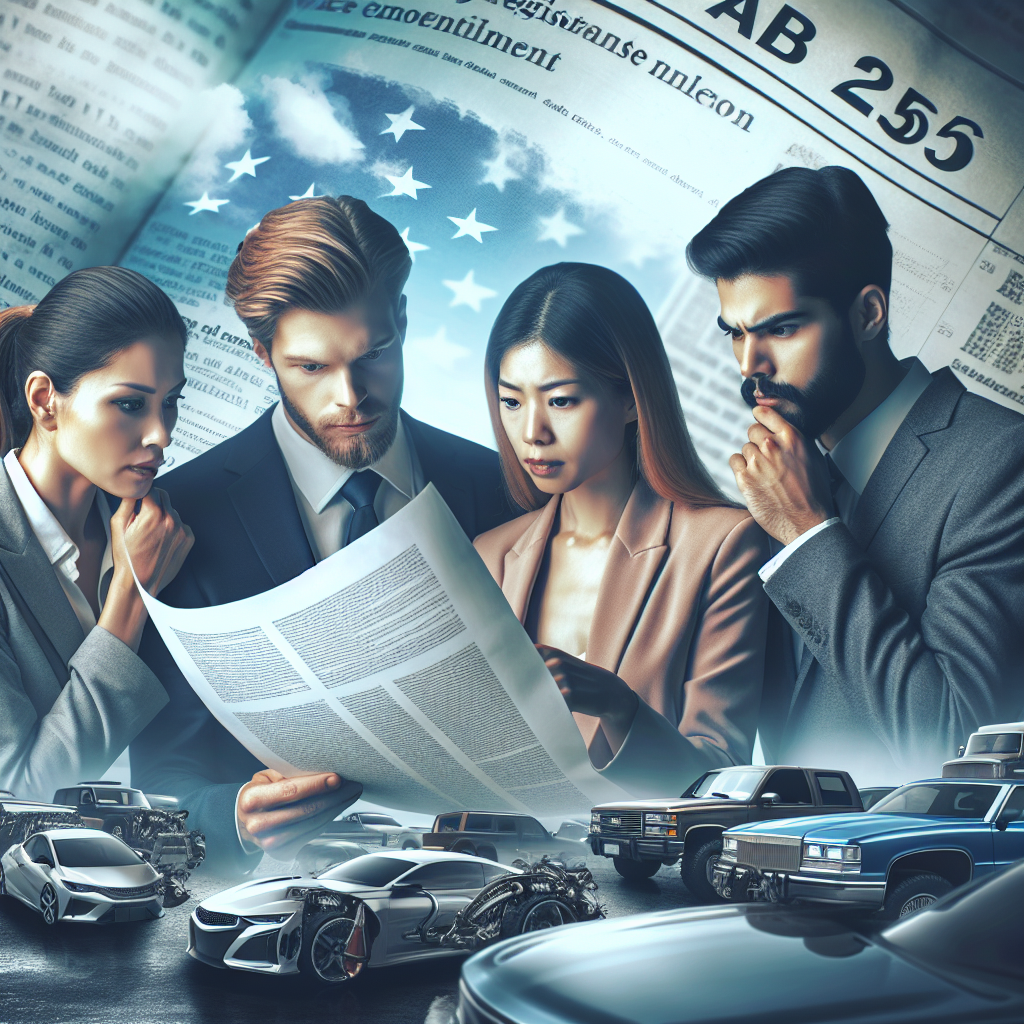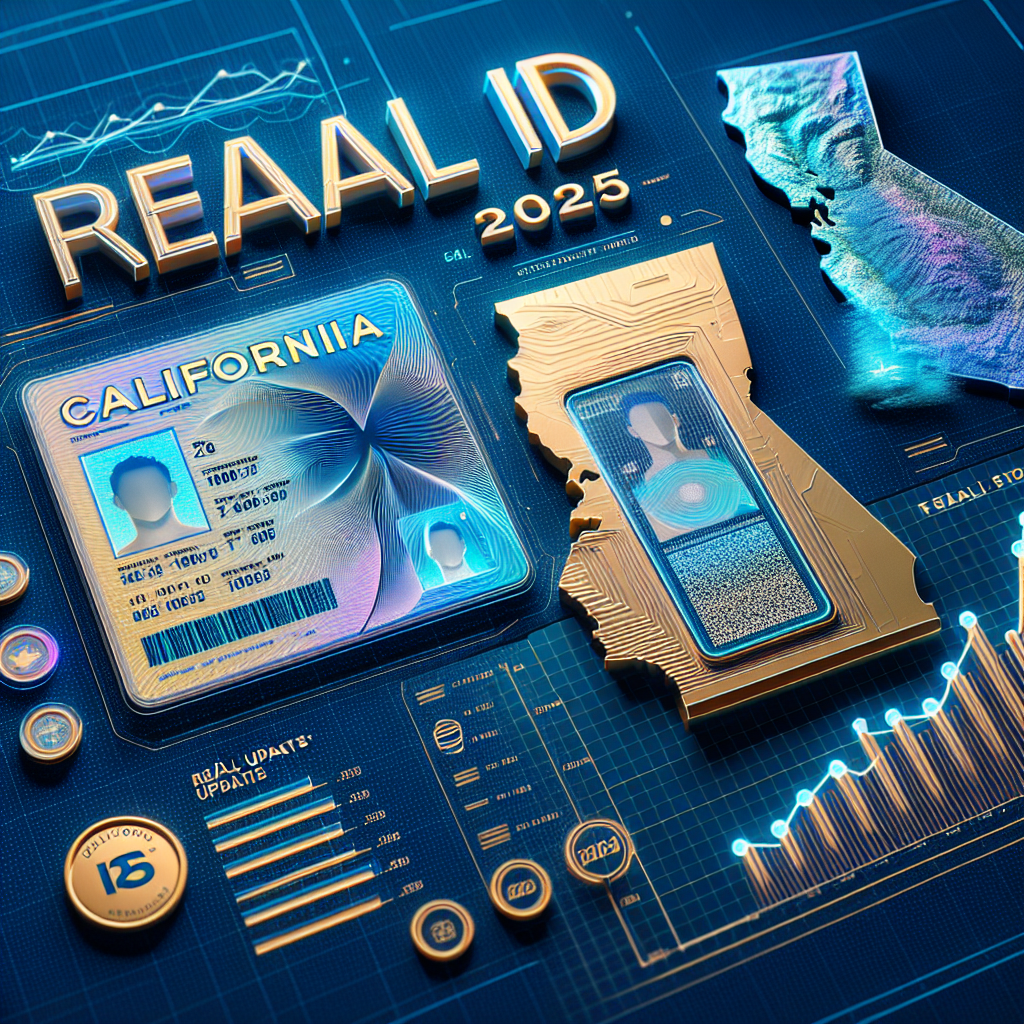How AB 256 Is Changing Vehicle Registration Rules
Introduction
Vehicle registration rules have always been important for keeping roads safe and following state laws. However, these rules are always changing, and Assembly Bill 256 (AB 256) is a big update. In this post, we’ll talk about AB 256, why it’s important, and how it will affect car owners, police, and DMV services. It is important to understand these changes so you can avoid getting fined.
Background on Vehicle Registration Rules
Vehicle registration laws make sure vehicles are properly tracked and help fund road repairs. Before, enforcing these laws was tough because of limited resources and people not following the rules. Key people in this are vehicle owners, police, and the DMV. Before AB 256, the methods used were often old-fashioned and difficult for everyone.
Overview of AB 256
AB 256 brings a modern way to enforce vehicle registration. The bill wants to make people follow the rules better by using technology and making the process easier. Important parts of the bill include using computers to check if registrations are current and having stricter penalties for breaking the rules. This shows the state wants to use technology to be more efficient.
Major Changes with AB 256
One of the biggest changes is using new technology for enforcing rules, such as license plate readers and online registration. AB 256 also introduces higher fines for late registrations. It lets people renew their registration online and get notifications. Both businesses and personal vehicle owners will see these changes, but they will affect each one differently.
Impact on Vehicle Owners
For vehicle owners, these changes could make registration easier since online renewals mean fewer trips to the DMV. But if you don’t follow the new rules, you might have to pay more in fines. To avoid trouble, vehicle owners should learn about the new process and use DMV’s online services.
Impact on Law Enforcement and DMV
Police officers will use more technology to find and deal with people not following the rules. They will need training and resources to learn these new ways. The DMV will work more efficiently, with fewer backlogs, since digital systems will replace many manual tasks.
Benefits of AB 256
AB 256 is expected to make more people follow the rules and lower the number of unregistered vehicles. The new systems should make registration smoother and better for customers. More vehicles registered means more funds for fixing roads and keeping them safe, benefiting everyone over time.
Criticisms and Challenges
Even though there are benefits, some people criticize AB 256. Vehicle owners and groups say it might lead to more surveillance and privacy concerns. Challenges might come up with new technologies not working as planned. Policymakers need to balance good enforcement with respecting people’s privacy.
Looking Ahead
Like any big change, AB 256 might be updated in the future based on its effects. Future tech changes will also affect how registration rules are enforced. Keeping track of how well the law is working will be important to make sure it doesn’t put too much pressure on vehicle owners.
Conclusion
AB 256 is a big change in vehicle registration enforcement, bringing technology together with old methods to make things work better. Vehicle owners should learn about these changes to avoid fines and help keep roads running smoothly. Ongoing conversations among those affected will help improve processes and address any issues.
Additional Resources
- Full text of AB 256
- Contact your local DMV office for help
- Learn about vehicle registration laws and guides
Call to Action
Have you been affected by AB 256, or do you have questions about staying compliant? Share your thoughts and subscribe to get updates on vehicle registration laws. For easy registration services, visit Tags Clinic – we’ll help make your DMV experience smooth and easy. You are welcome to visit us at 3845 University Ave, San Diego, CA or call us at 619-777-9046. We are always ready to assist you.






